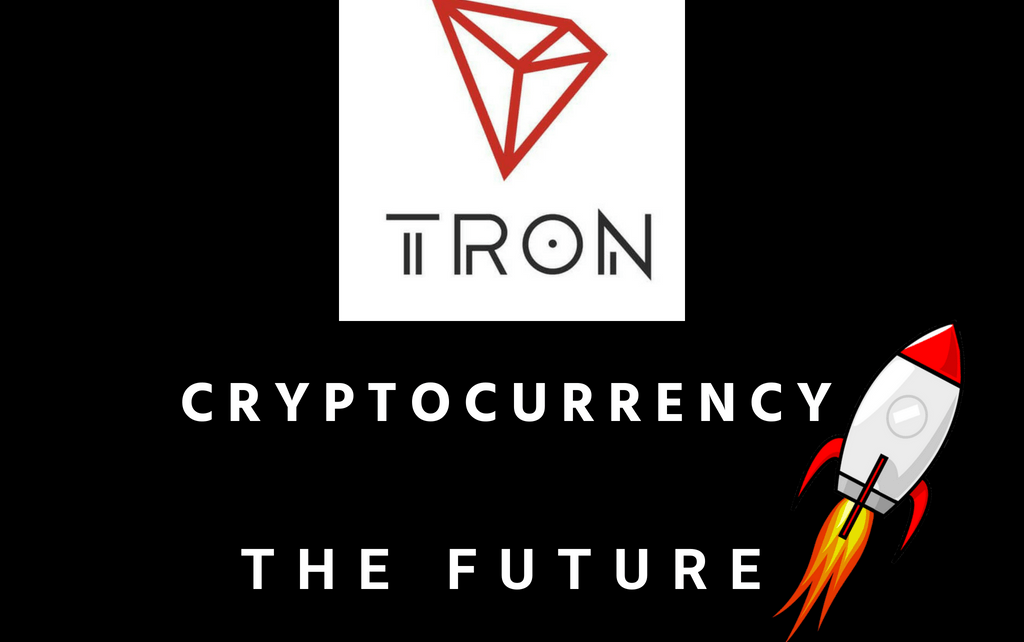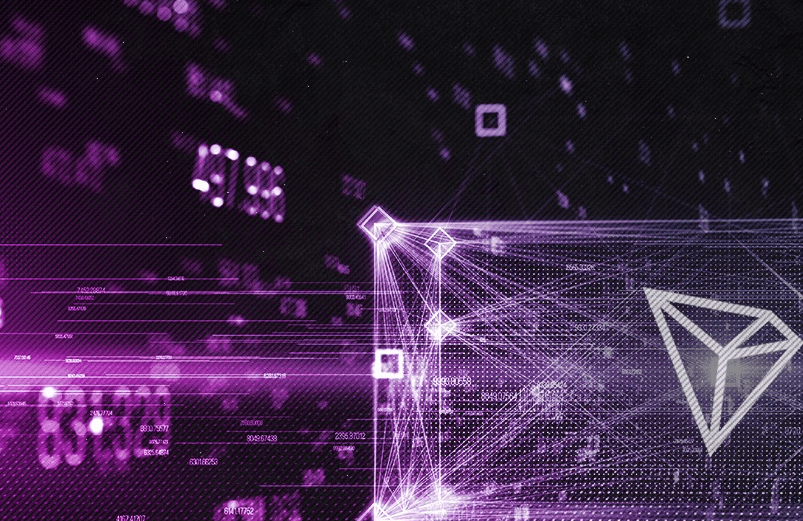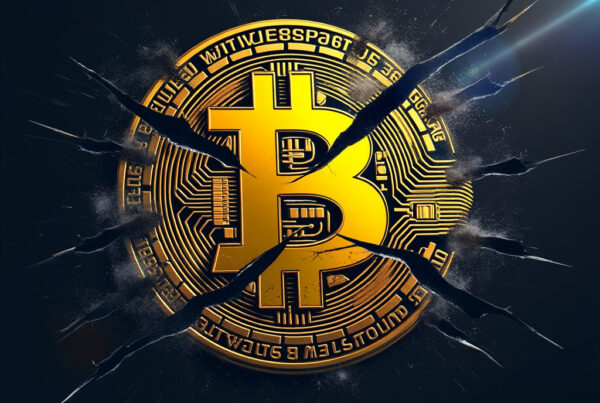With the activation of the Tron virtual machine (TVM ) on Mainnet and Tron’s official entry into the Smart Contract Era, a new unit called ‘Energy’ is now introduced on Tronscan and other Tron wallets. When freezing your TRX tokens, you are now presented with two options, either Freeze TRX to gain Bandwidth or Freeze TRX to gain Energy. What are these things called Bandwidth and Energy? How are they used?
Freeze! You Got the Power and Bandwidth
As a member of the Tron community, you might already be aware that you can freeze TRX to gain Power and Bandwidth. Power is your voice; it is your vote that can be given to the SR or SRs of your choice. By the way, that is what everyone with TRX should be doing. Power is generated on a ratio of 1:1, which means that for every TRX you freeze you get one Power. Initially, before smart contracts came about on the Tron network, you could only freeze for Bandwidth. Bandwidth points are used to fuel transactions on the Tron network. Every transaction on the Tron network is transmitted and stored as byte arrays. For each byte array, the network consumes an equal amount of bandwidth points depending on the length of the array. So, if you are transmitting a transaction with a byte array length of 200, you need to have 200 Bandwidth points. This prevents malicious spam transactions from clogging the network and causing delayed transaction confirmations. Unlike other block chain networks, where you pay a fee for every transaction, the Tron network provides 5000 free Bandwidth points for every account every 24 hours. This allows you to perform approximately 25 free transactions. A transaction on the Tron blockchain costs approximately 200 bandwidth points.

If you are doing a lot of transactions, you need additional Bandwidth points. You can obtain more by freezing your TRX for Bandwidth. At any given point in time, the Tron network can handle only a fixed amount of bandwidth which is derived from the total amount of TRX frozen.
If you do not have enough TRX frozen for Bandwidth to attain the free transaction, you will then have to pay a fee for the transaction. For those that want to calculate it, I have provided the fee schedule below.
NOTE: There is another exception. If the target account did not exist in a transfer, normal, or token issuance, a new account will be created and the transfer can be done. In this case, only bandwidth points consumed by account creation will be deducted. Transfer will not take up extra bandwidth points. |
If you really want to dive deep into anything Tron, including the math side of it, you can access their documentation here.
How about the Energy?
The Tron Protocol is a now a platform for decentralized applications using smart contracts. A smart contract may also call another smart contract or multiple contracts. You write these smart contracts in programming languages such as Solidity, JAVA or GO to name a few. Once you are done coding, you compile the code. Each smart contract that is executed will consume CPU resources. It also takes time for each smart contract to execute. This time has been classified as Energy, where 1 unit of energy equals 1 microsecond of computing time. This is where energy comes into play. If you run a complex smart contract that takes more time to execute, more energy will be needed.
To gain energy, you essentially freeze your TRX and select Energy instead of Bandwidth. If you are not going to be executing smart contracts, there is no reason why you should select Energy. Those who are just TRX investors or users should always select Bandwidth and not Energy when freezing their tokens. This is the main thing I want my readers to get from this article.

For those who are developers and who will be running smart contracts, then Energy is what you would want to select in order to avoid fees. All the CPU resources on the Tron network allow for 50,000,000,000 Energy in 24 hours. The Tron documentation states the following:
Energy can only be obtained by freezing the TRX. Energy obtained = (TRX frozen for gaining Energy / the total TRX frozen for gaining Energy in the entire network) * 50,000,000,000.
So if a dapp developer freezes 5,000 TRX for Energy and there are 5,000,000 total TRX frozen for energy, the smart contract that takes 500 microseconds(equal to 500 Energy) can be executed 100,000 times. I included this information as a brief overview of energy for those who are thinking of developing. Nonetheless, I highly recommend reading their documentation as it goes more in detail. As a developer, you need to know this inside and out. Here is the link.
Easy Selection to Save TRX
So what is the moral of the story? If you plan to just send and receive TRX, you want to select Bandwidth when you are freezing your TRX. If you are a dapp developer utilizing smart contracts, then select Energy. It would be a waste if you are paying fees for regular transactions when you could have easily saved your TRX by freezing your tokens for Bandwidth. The same applies the other way around.
For more information, please follow us:
Telegram @TronSpark
Twitter @TronSpark
| This article was written by the Tron Spark team. Tron Spark is a digital content platform currently serving as a Tron Super Representative. We believe that with the help of the Tron community, we can inform and educate the masses on the exciting evolution of the Tron Protocol. Join the Tron Spark team and lets get the message across! |







Comments